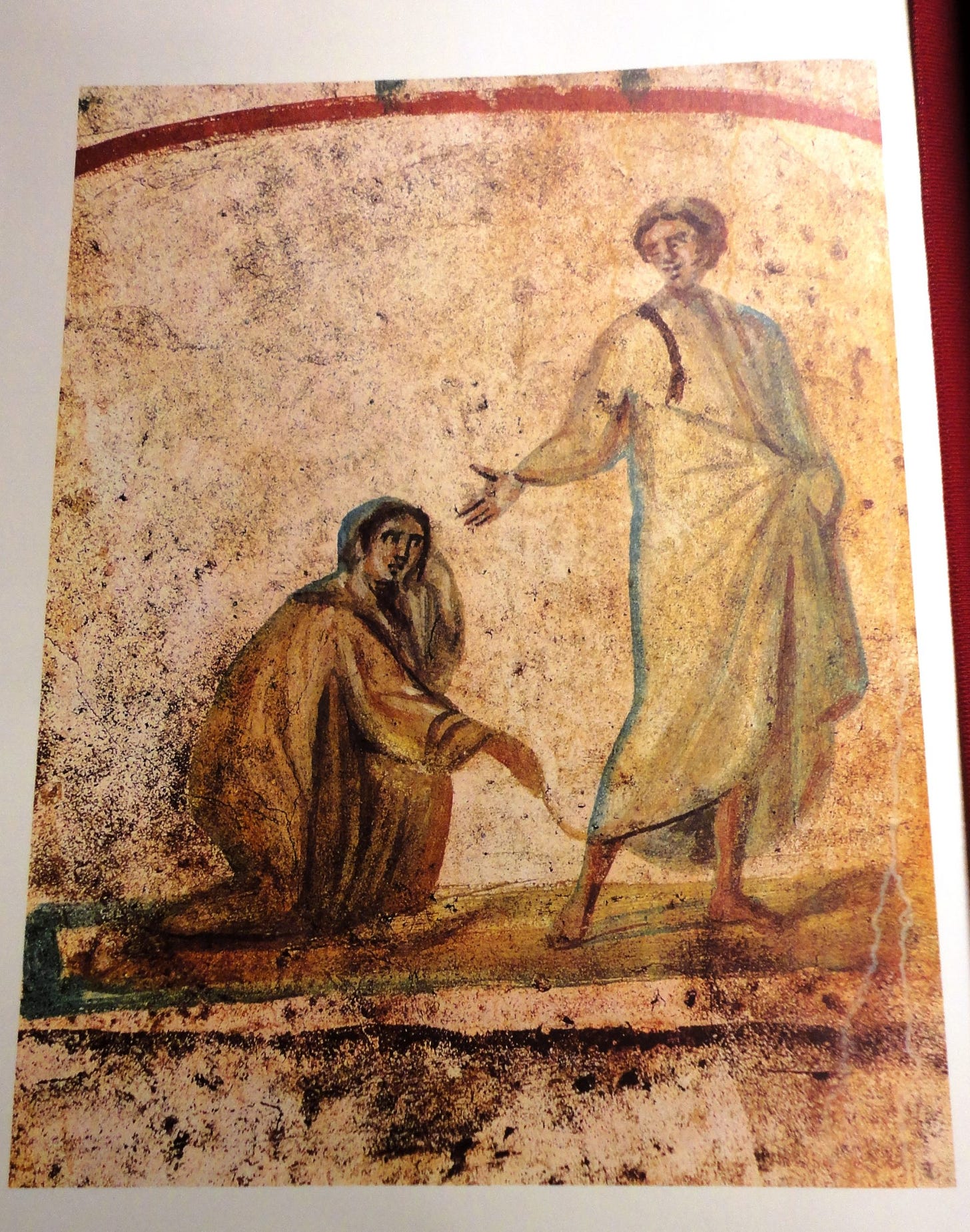Continuatum a parte quarta.
In the last entry, I began to speak of the fourth “face” of Jesus, the cosmopolitan Jesus, under the heading of the kerygmatic proclamation of Jesus as Lord. The early Christians proclaimed Jesus as Lord in a Near Eastern and Mediterranean worldview where the language carried multiple undertones and connotations of layered mea…
Keep reading with a 7-day free trial
Subscribe to A Perennial Digression to keep reading this post and get 7 days of free access to the full post archives.




